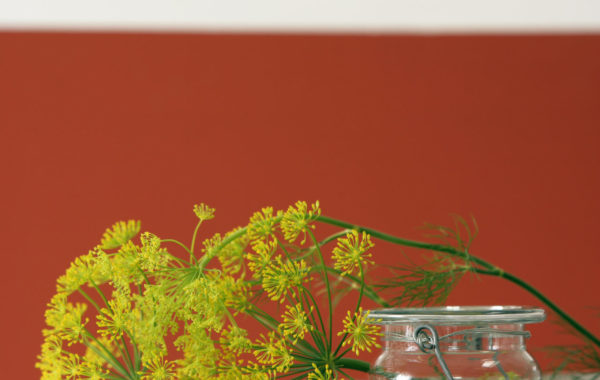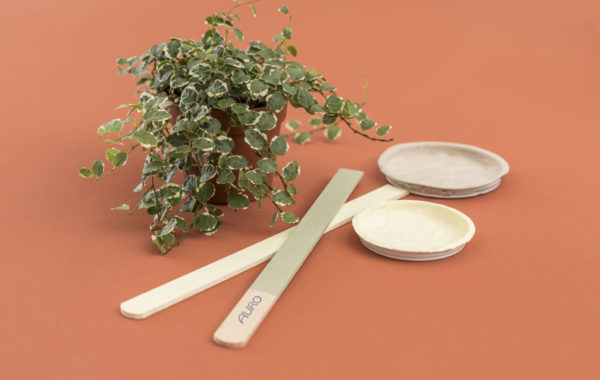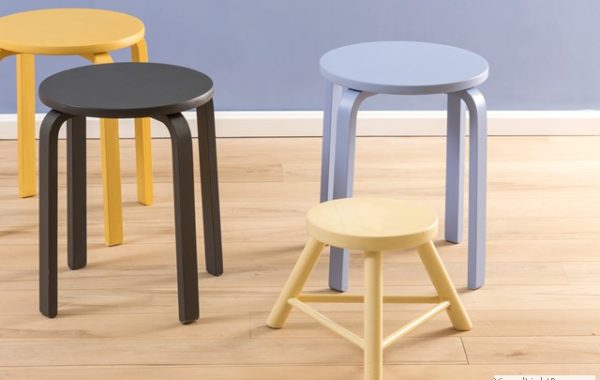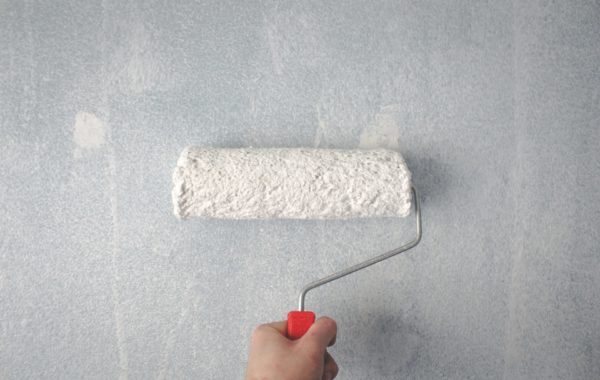Hints & Tips
Preparation
- Brush off loose particles and remove dust from the surface. Substrates must be dry, solid and clean.
- Holes and cracks must be filled and smoothed out with wall filler to obtain a level surface.
- Furniture can be protected with covering foil.
Protection for your floors:
- Covering fleeces are available on rolls.
- They can easily be rolled out and reused several times.
- If the ceiling has to be painted as well, this should always be done first to avoid paint splashes on the freshly painted walls.
- If you mix your desired shade of wall paint by hand please make sure to always use paints with the same batch number on one wall or in one room to avoid colour differences.
- If you have bought buckets with different batch numbers, you should mix these before starting the decorating job.
Brush or roller?
- Small areas or corners can best be painted with a brush. For corners, a bent brush with a long handle is recommended.
- A short-pile wall paint roller is the best choice when it comes to painting large areas.
- Tip: The use of a telescopic stick extends your reach and saves time and energy.
Masking tape
- For accurate transitions in corners, on edges or between different colours, adhesive tape, also called painter’s masking tape, is pressed firmly onto the surface. When purchasing masking tape, make sure to buy high-quality products.
- Removal: Slowly release the adhesive tape before the paint has dried. Once the paint has fully dried small parts of paint might come off unintentionally and impair the accuracy of the transition.
How much paint is needed? – Indication of the covering rate.
- The covering rates indicated on the product label refer to one coat and are measured under optimal substrate conditions. Different substrate conditions can lead to deviations from the indicated values.
- On strongly absorbing or highly contrasting wall surfaces, a trial coating is recommended.
- If you choose a very strong colour shade, several coats of paint may be needed to obtain a uniformly covering surface finish.
Let’s get started!
Highly absorptive substrates must be primed before painting. Use a suitable brush or roller to paint the carefully masked edges and corners before using a roller to paint the remaining surfaces. Apply the paint crosswise to wall and ceiling surfaces and then smooth over from top to bottom by roller to ensure an even paint application.
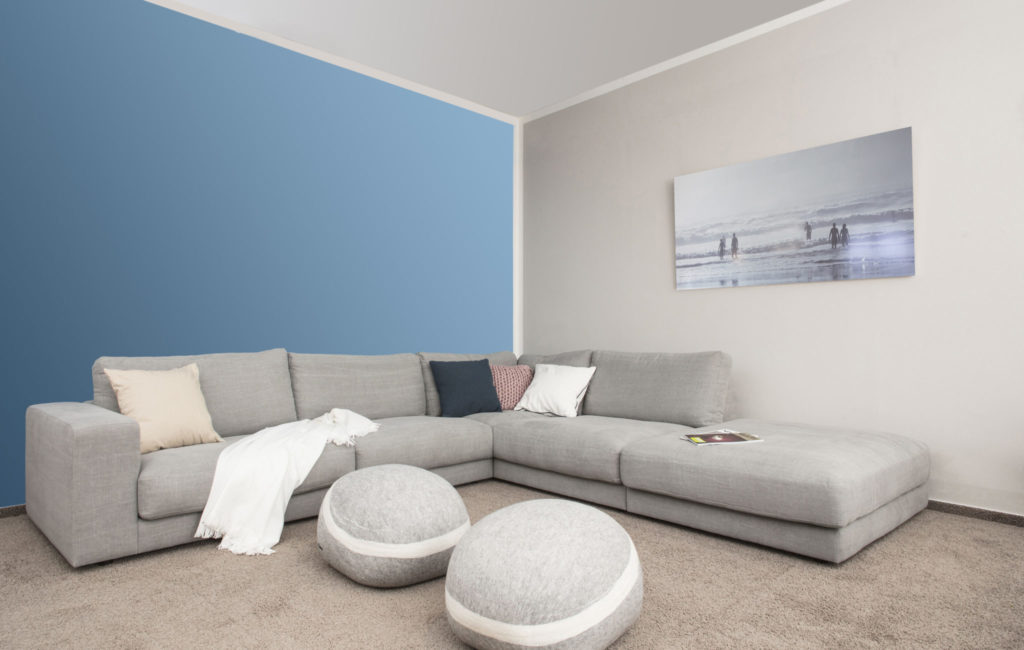
The trick with the adhesive tape
- First paint the top part of the wall surface in white. Allow the white coating to dry sufficiently and apply painter’s tape to the bottom line of the coating – where the divide between the colours shall be made. Press the tape firmly onto the wall, possibly by means of a cloth.
- Now use a smaller brush and apply the same white paint to the lower edge of the adhesive tape. The paint will seep under the tape to a minimum extent – in spite of firmly pressing the tape onto the wall – and will seal this side of the adhesive tape.
When applying the second colour shade to the bottom part of the wall on top (after the white coating has dried), the paint will not leak under the painter’s tape because the voids are already filled with white paint. - This white paint which has seeped under the tape is not visible to the eye after removing the adhesive tape, and the result is a very clean, straight and unspoiled line between the white and the other colour shade.
Cleaning of tools and disposal of paint
- Thoroughly spread out the paint from the tools and wash these out for later reuse with water adding the concentrated Plant soap no. 411.
Storage of opened containers - It is recommended to fill the amount of paint likely to be needed for the paint job into a separate container. The paint remaining in the original container can later be covered with a foil to avoid skin formation that can result from air contact.
Disposal of paint residues - It is a special feature of AURO paints that, due to our strictly ecological choice of raw materials, dried product residues can be composted or disposed of with the household waste.
- Interesting information on our organic and mineral raw materials can be found in our Raw materials guide and the Raw material stories.

